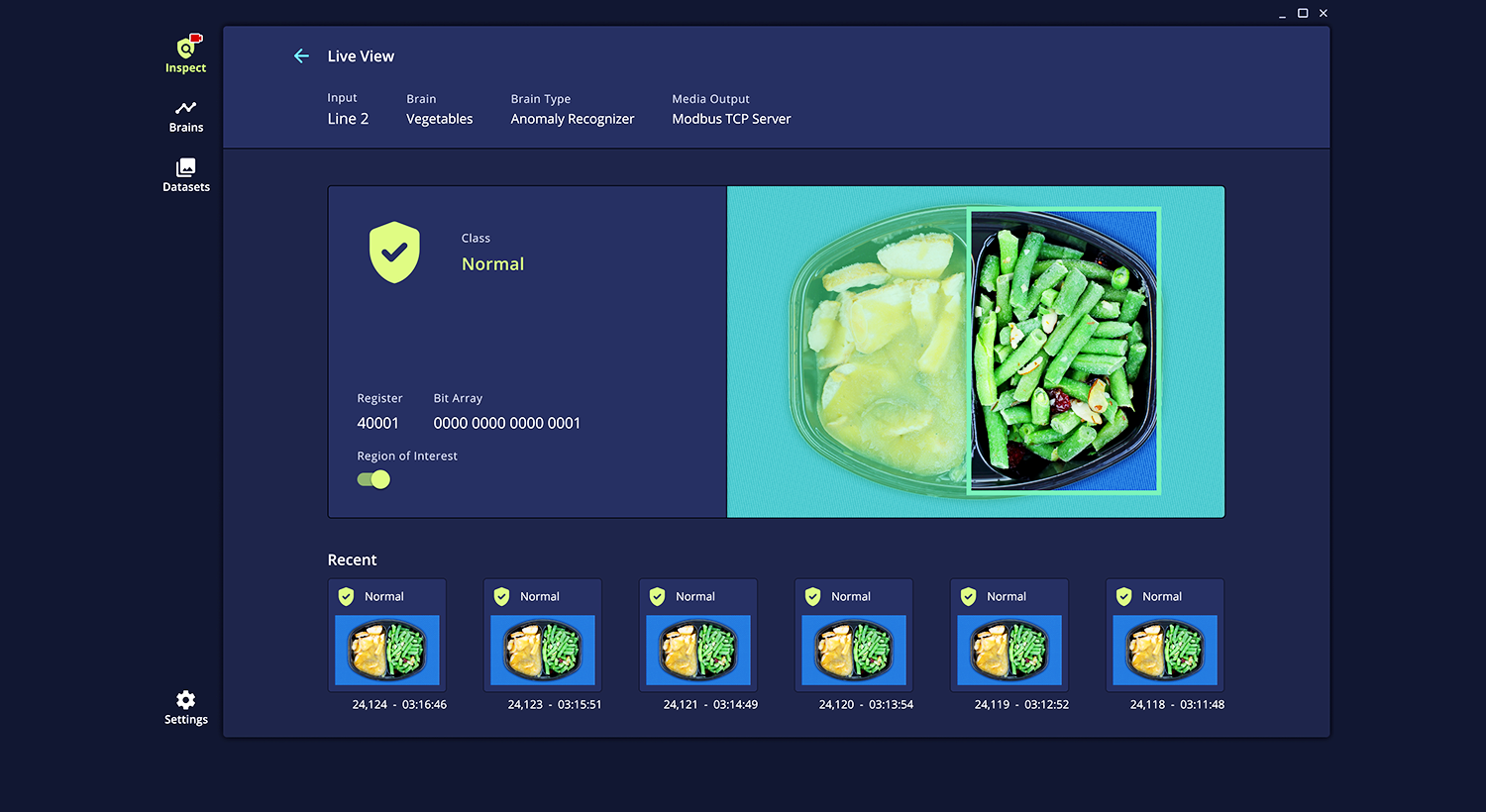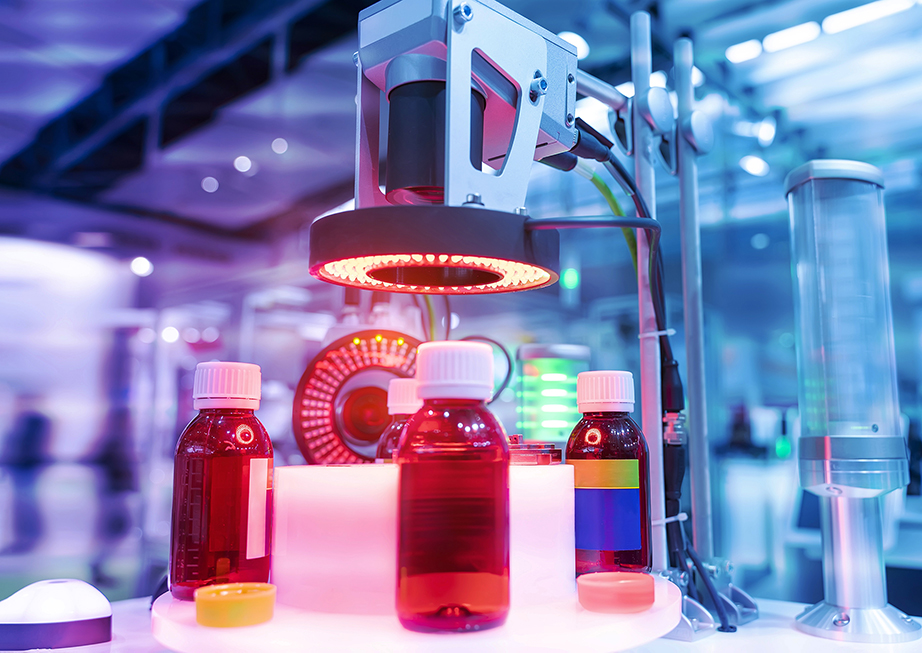
From Mars Rovers to Factory Assembly Lines
Subheadline
NASA-funded AI technology enabling autonomous rovers and drones now keeps an eye on conveyor belts
Artificial intelligence software designed to learn and analyze Martian terrain is now at the heart of a system to monitor assembly lines on Earth.
The vision inspection software from Neurala Inc., an artificial intelligence company in Boston, works with existing cameras, computers, and even cellphones to monitor the quality of products running along a conveyor belt, for instance.
“Our software can learn very quickly on a processor with a very small footprint, a skill we learned working with NASA,” said Neurala cofounder and CEO Massimiliano Versace. “By doing so, we enable vision inspection with whatever components are already available, deploying in minutes. In our exploration of the market, we realized that the manufacturing space had a precise need for this technology.”
Versace and Neurala began working with NASA more than a decade ago on a project funded through the Small Business Technology Transfer (STTR) program. NASA was interested in “adaptive bio-inspired navigation for planetary exploration,” and Versace and his team had been working on neural network AI software modeled on the human brain.
Focusing on a rover concept that could independently learn to traverse Martian terrain, Neurala went on to win STTR Phase II funding for the project. Additional money from a NASA Center Innovation Fund enabled the Neurala team to adapt its technology to drone navigation and collision avoidance (Spinoff 2018).
In both the rover and the drone applications, the Neurala software could run on a small device on the vehicle itself, eliminating the delay of sending signals to a decision maker in another location.
Onsite computing is an advantage in manufacturing as well, where an assembly line may have a hundred items passing every minute, making visual inspections for quality control difficult.
“If you do the math, you have very little time to understand what you’re looking at,” said Aishwary Jagetia, a senior research scientist and AI specialist at Neurala. “Sometimes you have a few milliseconds, so there is not enough time for you to go from the camera to a cloud somewhere in the world, and then send the result back to the factory. It’s becoming increasingly crucial to bring AI capabilities directly to devices to ensure faster processing and better privacy protection.”
Manufacturers typically don’t want their information online, where they have to pay for storage that might not be secure while production becomes dependent on the strength of the Wi-Fi connection.
Mark Motter, an engineer at NASA’s Langley Research Center in Hampton, Virginia, noted that assembly line quality control at first glance looks like an entirely new direction for the technology.
“But actually, in a dynamic environment you have things flying by you, and that seems somewhat similar to what’s happening here,” Motter said. “Or even with the rover, where we’re trying to recognize things like rocks and cliffs that we don’t want to run into or drive off — that’s not unlike identifying defects in products.”
Motter, who initially suggested Neurala compete for STTR funds after reading about the company in an industry publication, said he’s glad NASA can take some credit for helping to develop this new application.

When visual inspection systems on an assembly line can process data with their own artificial intelligence, rather than sending it to be processed in the cloud and waiting for a response, the line can move faster and all data is kept secure onsite. Credit: Getty Images

European company apetito uses Neurala’s vision inspection software to ensure the quality of its prepared meals, such as green bean portions pictured here. The software evolved from code Neurala was developing more than a decade ago, with NASA funding, for a rover that could independently learn to traverse Martian terrain. Credit: Neurala Inc.













